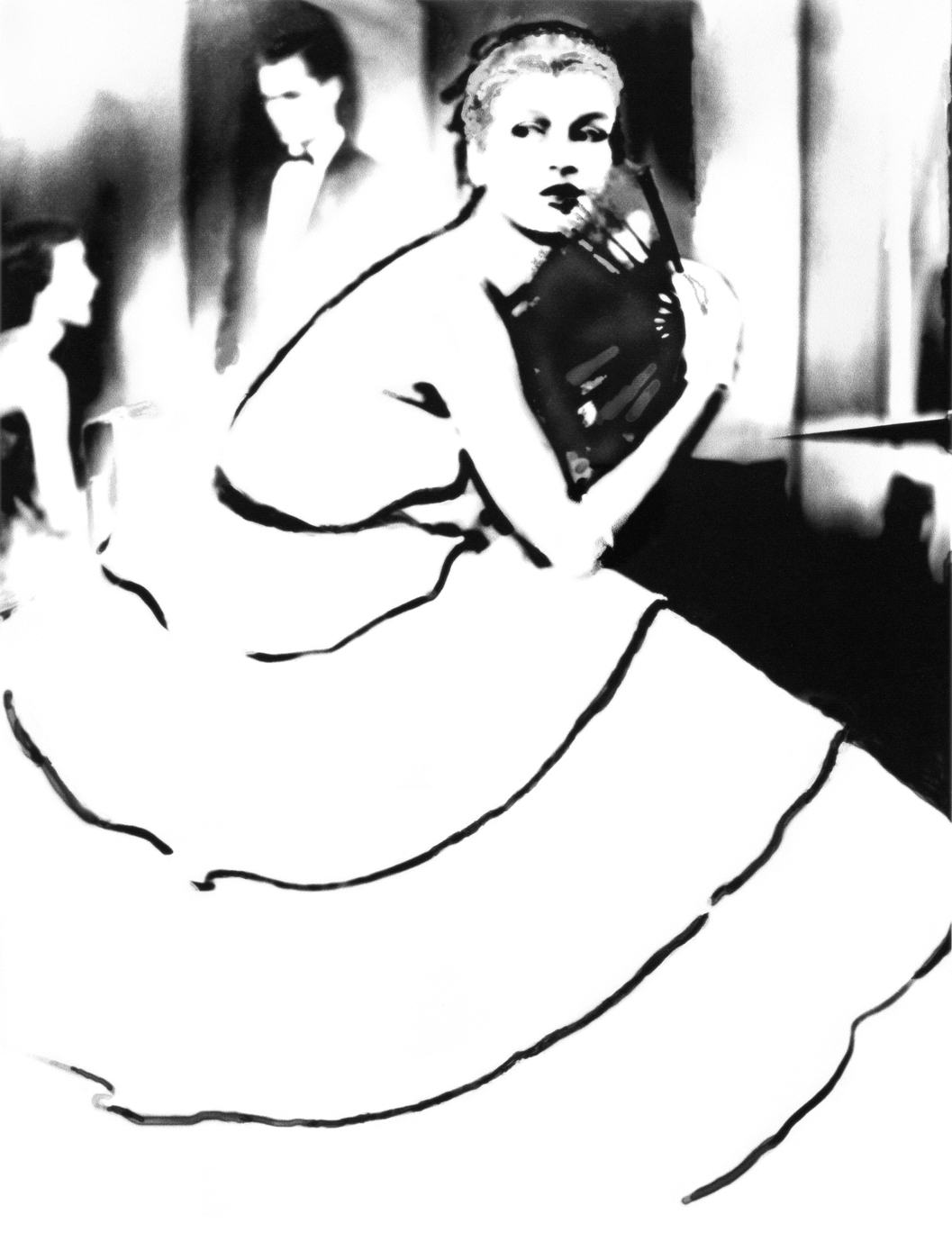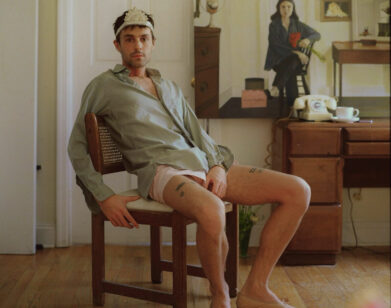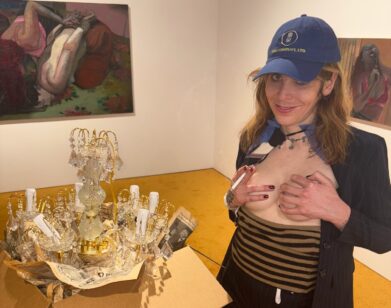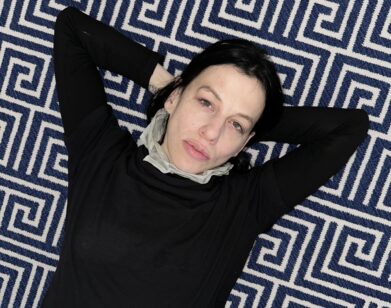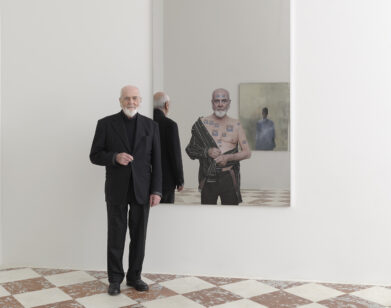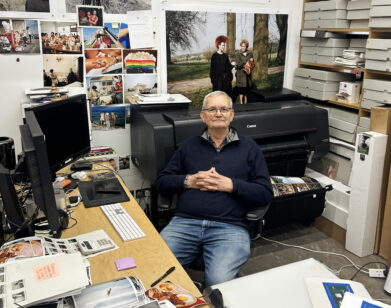Lillian Bassman’s Digital Age
Like nearly all image-makers today, Lillian Bassman has abandoned the analog tradition for digital techniques; she manipulates her images in Photoshop, and printed the entirety of her forthcoming show at Staley-Wise using computerized processes, instead of gelatin silver prints. All of which would be banal, but for that Lillian Bassman, a grand master of fashion photography, is 93 years old.
In 1940, Bassman, then a fashion illustrator, joined a class taught by legendary art director Alexey Brodovitch, who, after suggesting she switch to graphic design, offered her an apprenticeship at Harper’s Bazaar. Bassman never aspired to be a photographer, and it was only after spending the summer of 1947 in a photographer friend’s borrowed darkroom that she took up photography full time. If that friend was particularly influential to Bassman, he was influential to a lot of people-he was Richard Avedon, who was in Europe for the summer photographing his first Paris collections.
Avedon’s influence on Bassman stops there. In the next sixty-plus years, Bassman would create a body of sensitive, feminine images in a field dominated by men. Bassman’s romantic, dream-like pictures proved much in demand; in addition to her editorial work for Harper’s Bazaar, Bassman soon had advertising clients like Balenciaga and Chanel. The edges of their Chanel gowns softened to a blur, Bassman’s models appear as though they are floating. In another photograph, Anne Saint-Marie, 1958, a netted veil, barely visible, gives the illusion of a thousand black raindrops falling on the models serene face-an image that ultimately became the cover for this new book. Later, her images for Warner’s undergarments really revolutionized 1940’s and 50’s fashion photography by moving away from the institutional aesthetic that had been fashionable before, and introducing a sensuality and intimacy that had not yet been seen. But Bassman never really considered herself a fashion photographer, she says, “I was a photographer of women – the fashion was always sort of secondary.” She says she doesn’t pay attention to the magazines and fashion photography to which she still contributes, because “I had a terrible fear of imitating other photographers… I feel that it has to come from me.”
A forthcoming monograph, Lillian Bassman: Women (Abrams), also shows the artist to be a master comeback kid. In the early 1970’s, disenchanted with the increasing commercial demands of the fashion industry and the conservative aesthetic responsibility that came with it, Bassman destroyed decade’s worth of negatives and prints. Only in the early 1990’s, when a garbage bag of film was found in Bassman’s home by her friend, the painter Helen Frankenthaler, did she consider a return. She’s re-worked many of the discarded images, pushing shadows in to solid black forms, and blowing out highlights to snow white.
Some things, Bassman says, have changed. Asked how the models from decades ago differ from the crop we see today, Bassman says, “I remember not too long ago I had a job to do for German Vogue and I saw all this beautiful clothing and these wonderful things. I began to photograph the model and I found that she was 15 or 16 years old and nothing came through. I couldn’t get to imagine or feel that this girl believed or belonged in these fabulous furs… and it destroyed the whole thing for me. She was a child dressed up.”
Bassman’s images make dramatic play of high contrasts of tones leading to near-complete abstraction, with obvious grain scarring, all originally achieved through darkroom techniques like bleaching, blurring, and staining. Asked if she would ever return to the darkroom Bassman exclaimed in an exasperated tone “I can’t! The chemicals are different, the paper is different. All of the things I used in the darkroom are gone, and there is really no reason to with the computer. Time goes on, techniques have to change.”

